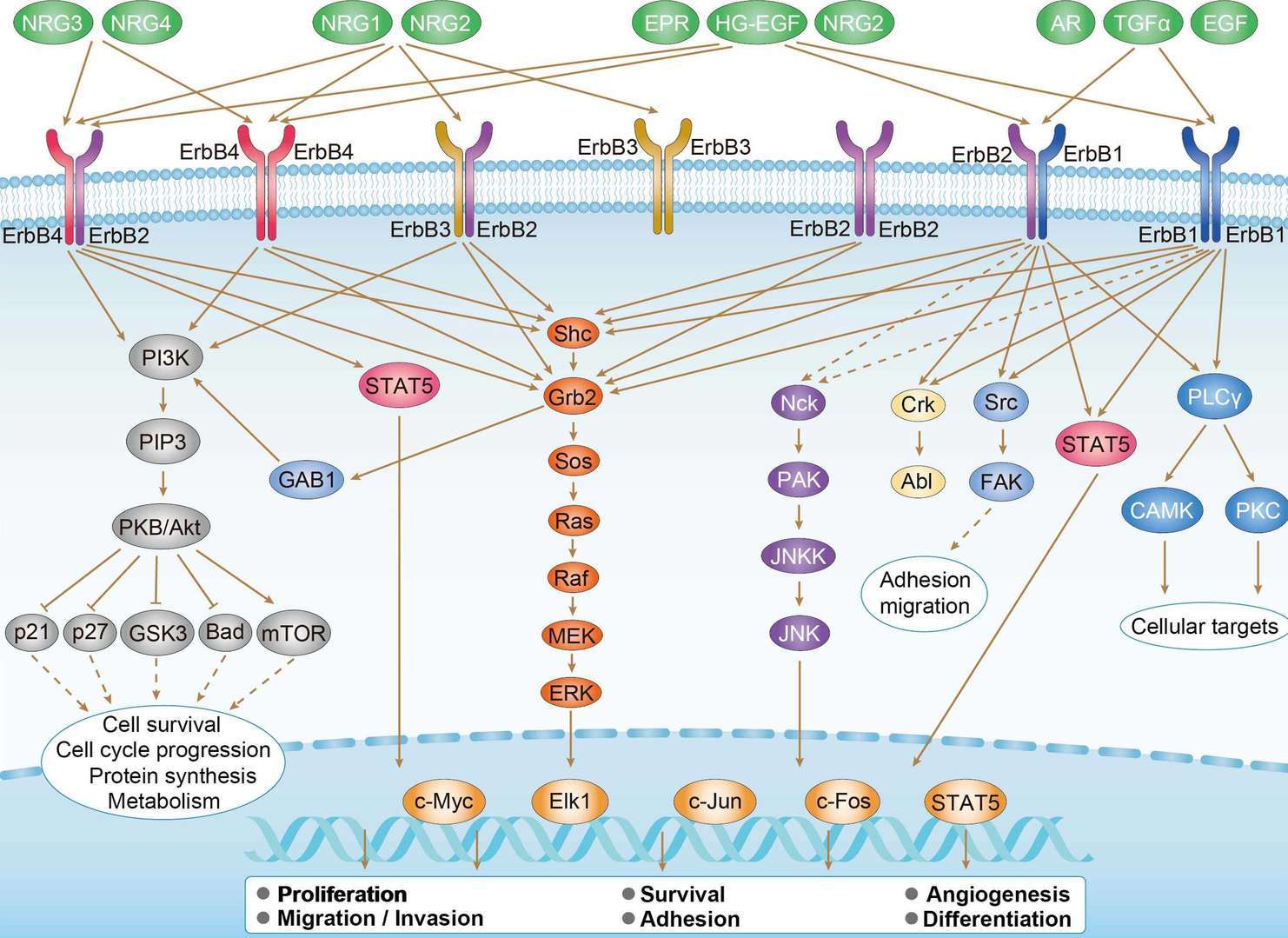PE-A*02:01/Human ABL1 (QQAHCLWCV) MHC Tetramer
CAT#: MHC-CN0381














Specifications
- Allele
- A*02:01
- Class
- Class I
- MHC Species
- Human
- Antigen
- ABL1
- Antigen Species
- Human
- Peptide
- QQAHCLWCV
- Conjugate
- PE
- Application
- FCM, IHC
Target
- Antigen Introduction
- This gene is a protooncogene that encodes a protein tyrosine kinase involved in a variety of cellular processes, including cell division, adhesion, differentiation, and response to stress. The activity of the protein is negatively regulated by its SH3 domain, whereby deletion of the region encoding this domain results in an oncogene. The ubiquitously expressed protein has DNA-binding activity that is regulated by CDC2-mediated phosphorylation, suggesting a cell cycle function. This gene has been found fused to a variety of translocation partner genes in various leukemias, most notably the t(9;22) translocation that results in a fusion with the 5' end of the breakpoint cluster region gene (BCR; MIM:151410). Alternative splicing of this gene results in two transcript variants, which contain alternative first exons that are spliced to the remaining common exons.
- Alternative Names
- ABL1; ABL proto-oncogene 1, non-receptor tyrosine kinase; ABL; JTK7; p150; c-ABL; v-abl; c-ABL1
- Gene ID
- 25
- UniProt ID
- Q13848
Customer Review
There are currently no Customer reviews or questions for MHC-CN0381. Click the button above to contact us or submit your feedback about this product.
Submit Your Publication
Published with our product? Submit your paper and receive a 10% discount on your next order! Share your research to earn exclusive rewards.
Related Signaling Pathways
Downloadable Resources
Download resources about recombinant antibody development and antibody engineering to boost your research.
Datasheet
MSDS
COA
Certificate of Analysis LookupTo download a Certificate of Analysis, please enter a lot number in the search box below. Note: Certificate of Analysis not available for kit components.
Protocol & Troubleshooting
We have outlined the assay protocols, covering reagents, solutions, procedures, and troubleshooting tips for common issues in order to better assist clients in conducting experiments with our products. View the full list of Protocol & Troubleshooting.
See other products for "ABL1"
Select a product category from the dropdown menu below to view related products.
| CAT | Product Name | Application | Type |
|---|---|---|---|
| NAB-1-VHH | Recombinant Anti-human ABL1 VHH Single Domain Antibody | WB, ICC, ChiP, FA, ELISA | Llama VHH |
| CAT | Product Name | Application | Type |
|---|---|---|---|
| MOB-0964MZ | Mouse Anti-ABL1 Recombinant Antibody (clone TQN439) | IHC-P | Mouse IgG1 |
| ZG-0356F | Mouse Anti-ABL1 Recombinant Antibody (ZG-0356F) | WB, ELISA | Mouse IgG |
| VS3-XY13 | Mouse Anti-ABL1 Recombinant Antibody (clone 7B11D6) | ELISA, WB | Mouse IgG1 |
| VS7-HM11 | Mouse Anti-ABL1 Recombinant Antibody (clone CBL006HM) | WB, ELISA | Mouse IgG |
| CAT | Product Name | Application | Type |
|---|---|---|---|
| VS-0525-XY46 | Anti-ABL1 Immunohistochemistry Kit | IHC | |
| VS-0525-XY47 | Anti-Mouse ABL1 Immunohistochemistry Kit | IHC |
Popular Products

Application: ELISA, IP, FC, FuncS, Neut, IF, ICC

Application: ELISA, FC, IP, FuncS, IF, Neut, ICC

Application: IP, IF, FuncS, FC, Neut, ELISA, ICC

Application: FC, FRET, Internalization

Application: ELISA, IHC, FC, IP, IF, Inhib
For research use only. Not intended for any clinical use. No products from Creative Biolabs may be resold, modified for resale or used to manufacture commercial products without prior written approval from Creative Biolabs.
This site is protected by reCAPTCHA and the Google Privacy Policy and Terms of Service apply.

















 ErbB Signaling Pathway
ErbB Signaling Pathway



















